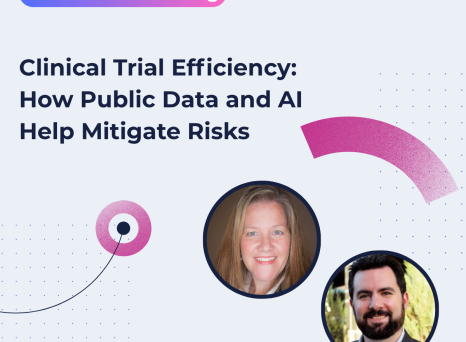What if you could predict project success and mistakes before they ever happen?
Enter AI Predictive Analytics - a revolutionary feature that empowers organizations to transform their historical data into actionable foresight. No longer reserved for data scientists or analytics experts, this technology makes forecasting available to any business user, right within Planisware Enterprise.
With predictive analysis, organizations can instantly uncover crucial patterns, receive proactive recommendations, and validate strategies with confidence - all without coding or data modeling. Whether optimizing resource allocation, forecasting costs, or determining which projects to prioritize, this intelligent capability drives smarter, faster, and more accurate decision-making at every level.
What Is AI Predictive Analytics?
Predictive Analytics AI uses advanced machine learning algorithms to analyze historical data, detect meaningful patterns, and forecast future outcomes with precision. Planisware has been a pioneer in this space - integrating predictive analytics into its Enterprise platform since 2016 and securing patents that reflect its leadership in applying AI to project and portfolio management.
A Seamless Experience, No PhD Required
Unlike traditional machine learning, which often demands modeling and domain expertise, today’s predictive analytics features are seamlessly integrated within Planisware Enterprise. Here’s what sets it apart:
Zero Coding Required: Pre-built algorithms handle the heavy lifting, eliminating the need for analytics specialists.
User-Driven Insights: Business users define targets and drivers for their predictions; the system handles the modeling. Predictions are delivered as precise values or confidence ranges, giving you flexibility and clarity.
Single Source of Truth: All data remains centralized, no exporting or moving between tools.
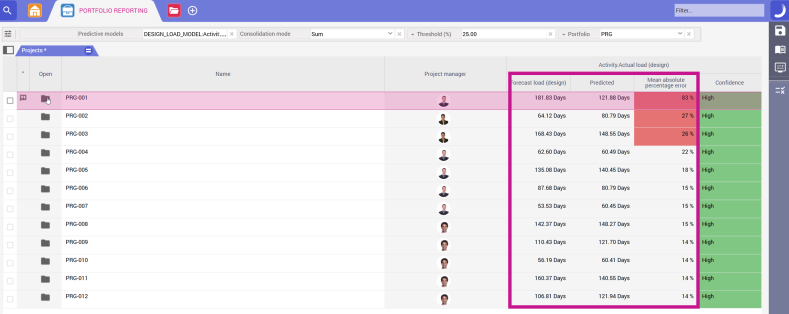
Proven Business Use Cases
1. Benchmark project KPIs against industry standards
Planisware’s Predictive Analytics AI allows organizations to benchmark their project performance using public and external data sources. By integrating datasets such as clinicaltrials.gov and the EMA Clinical Trials database, users can compare their project KPIs (e.g., timelines, success rates, geographic coverage) against broader industry norms.
Get external data automatically using open APIs from public databases like clinicaltrials.gov
Automatically map semantic values to your internal data using AI-powered language models
Identify key performance drivers such as therapeutic areas, trial phases, or regions
Compare project KPIs — including cost, duration, and success rates - with historical and industry-wide benchmarks
Watch the Free Recorded Demo
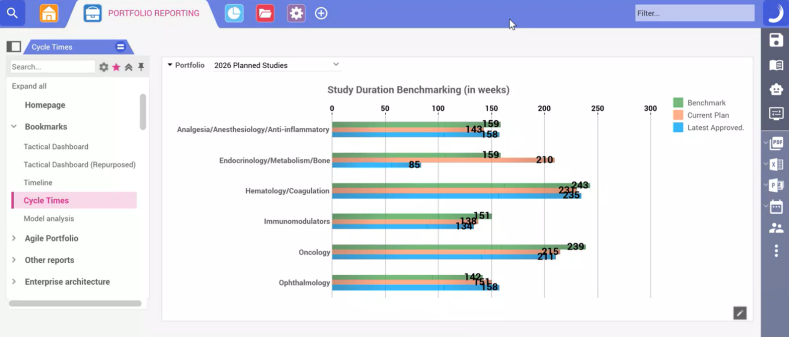
2. Cost and Resource Forecasting (Regression Analysis)
Many industries, from high-tech firms to automotive manufacturing, struggle with resource bottlenecks and cost overruns due to inaccurate estimates. Predictive analytics AI addresses this by:
Learning from past project lengths, types, and outcomes.
Comparing current forecasts with historical patterns.
Guiding users on whether their resource plans are realistic or need adjustment.
The result? Reduced surprises, improved planning accuracy, and data-backed resourcing for every project phase.
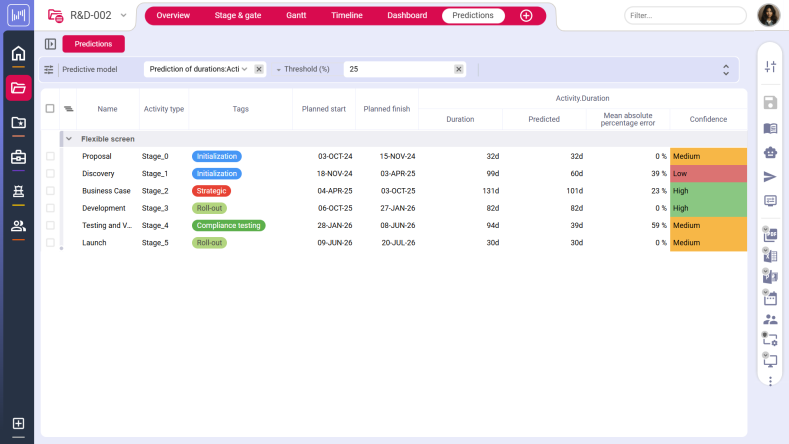
3. Win Prediction for Strategic Bidding (Classification Analysis)
For firms juggling multiple project bids, such as those in the renewable energy sector, AI-driven classification models quickly answer the critical question: “Which project should we prioritize?”
Discovers and analyzes drivers such as project type, size, and duration.
Alerts teams to the bids with the highest likelihood of success.
Guides strategy by identifying strengths (e.g., consistently winning with high-diameter wind turbines) and pinpointing areas for improvement.

Easy-to-Understand, Actionable Results
Predictive analytics features don’t just present results, they empower users to:
Drill down: Investigate why the model made a specific prediction.
Visualize confidence levels: See how confident the system is in each forecast.
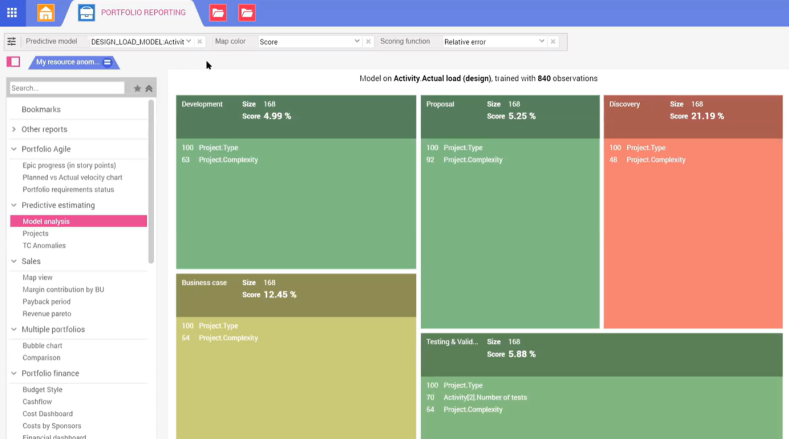
Transformative Value
Implementing AI predictive analytics yields tangible business benefits:
Faster Forecasting: Automated analysis delivers instant insights.
Strategic Focus: Move from “Can we do this?” to “Should we do this?”, aligning projects with strategic objectives.
Reduced Error: Automated checks flag inconsistencies, minimizing costly mistakes.
Continuous Improvement: Analyze drivers, refine your approach, and strengthen your competitive edge with every project.
Ready to transform raw data into a strategic asset?
AI predictive analytics is available for all Planisware Enterprise customers using version 6.3 or later with the predictive analytics feature. Version 7.1.5 and above is required for delivering predictions as confidence ranges instead of precise values.

